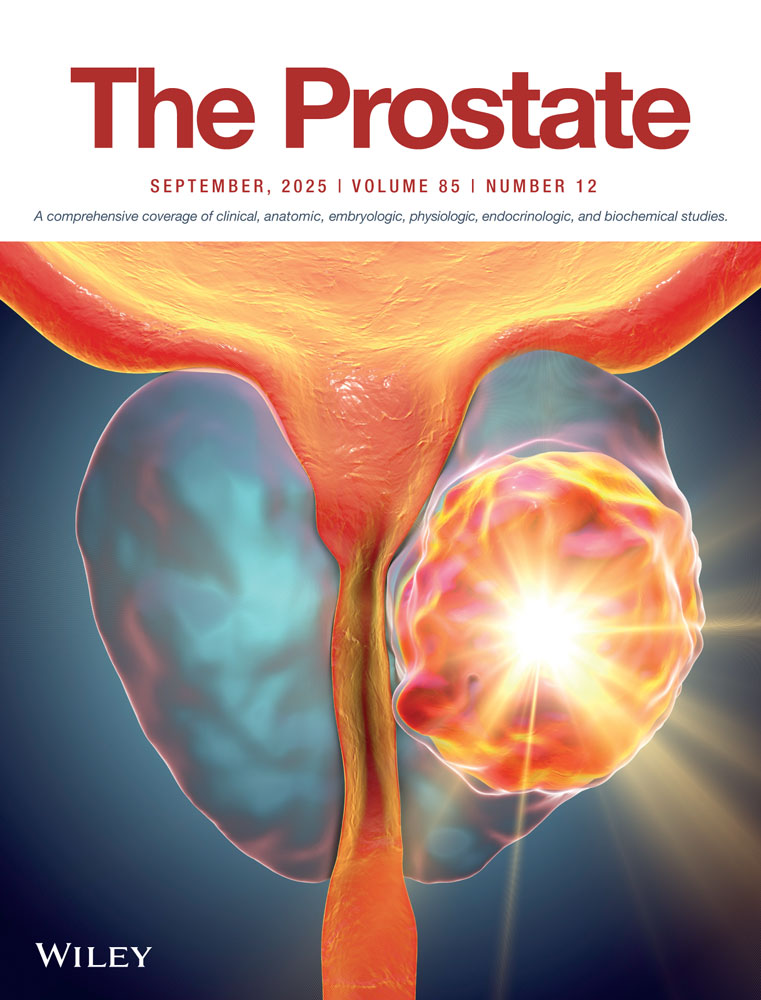Abstract
BACKGROUND
Medical management of benign prostatic hyperplasia (BPH) giving rise to lower urinary tract symptomatology (LUTS) has emerged as the mainstay for first-line therapy. Prostate-specific antigen (PSA) is the most important method of detecting prostate carcinoma. The effect of finasteride on PSA has been widely reported. Little data exist with respect to alpha-adrenergic blocking therapy in men treated for BPH. In the present investigation we set out to evaluate the effect of these two forms of therapy.
METHODS
Patients enrolled in the VA Cooperative Study #359 trial were evaluated. This study evaluated men with moderate LUTS owing to BPH in four treatment groups: placebo (P), finasteride (F), terazosin (T), and combination of finasteride plus terazosin (C). Men were recruited at 31 VA medical centers and had a baseline in 52-week PSA determination at the respective sites.
RESULTS
There was no significant difference in baseline PSA between four groups (mean range, 2.0–2.9 ng/ml). Statistically significant reduction in PSA levels was observed at 52 weeks in the F and C arms (P < 0.001), whereas significant increases were observed in the T and P arms (P < 0.01). Additionally, there was no significant difference in PSA response between the T and P arms. Thirty percent of men in the C or F arms had more than 40–60% reduction of PSA. In contrast, the majority of men on T or P had less than 40% change in PSA. Only 35% of men on F or C had the expected 40–60% reduction in PSA level.
CONCLUSIONS
These data demonstrate no clinically significant effect of T on PSA level. The heterogeneity of PSA response to F may make monitoring patients for the development of prostate cancer problematic. Prostate 39:234–239, 1999. © 1999 Wiley-Liss, Inc.




